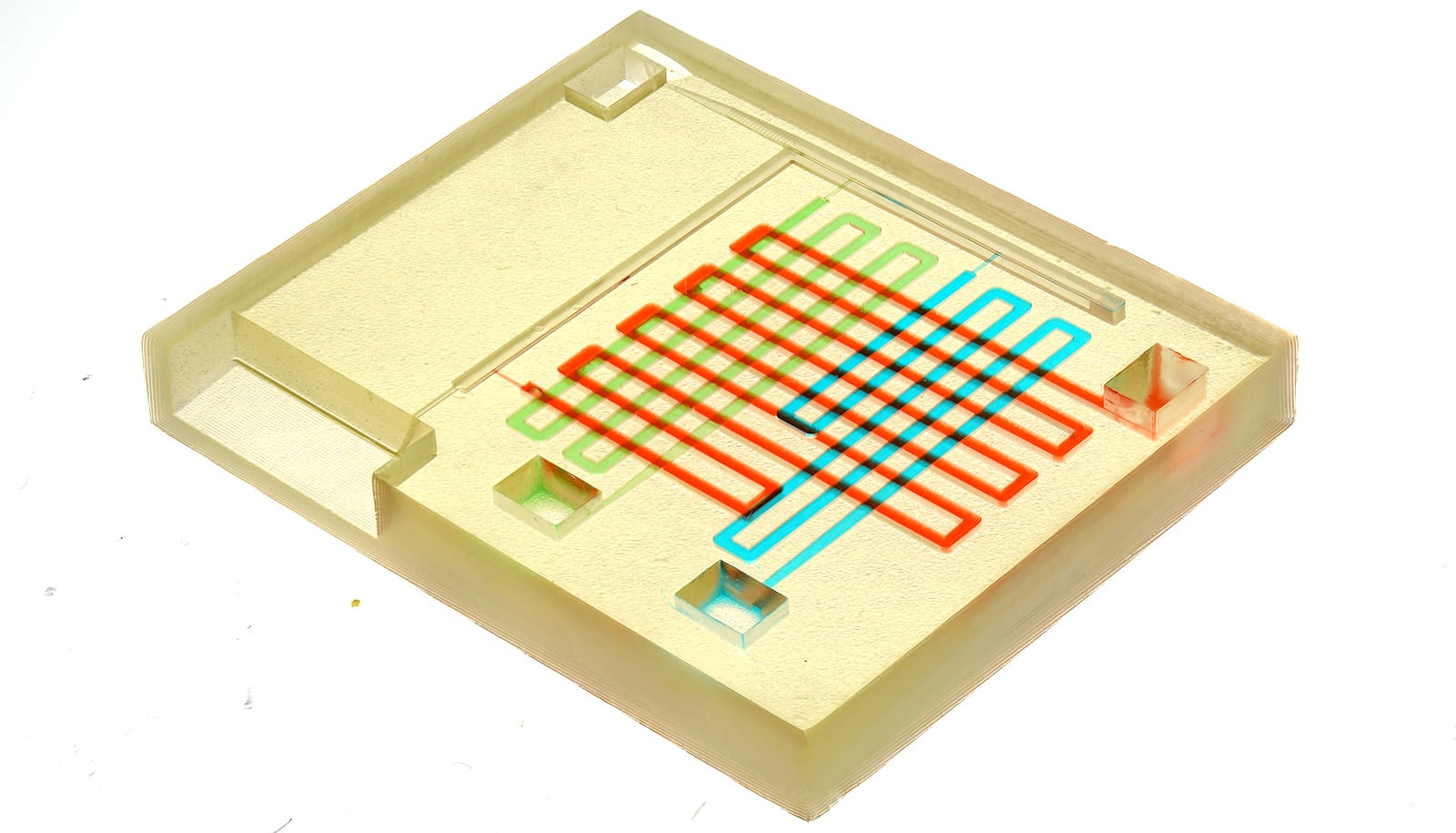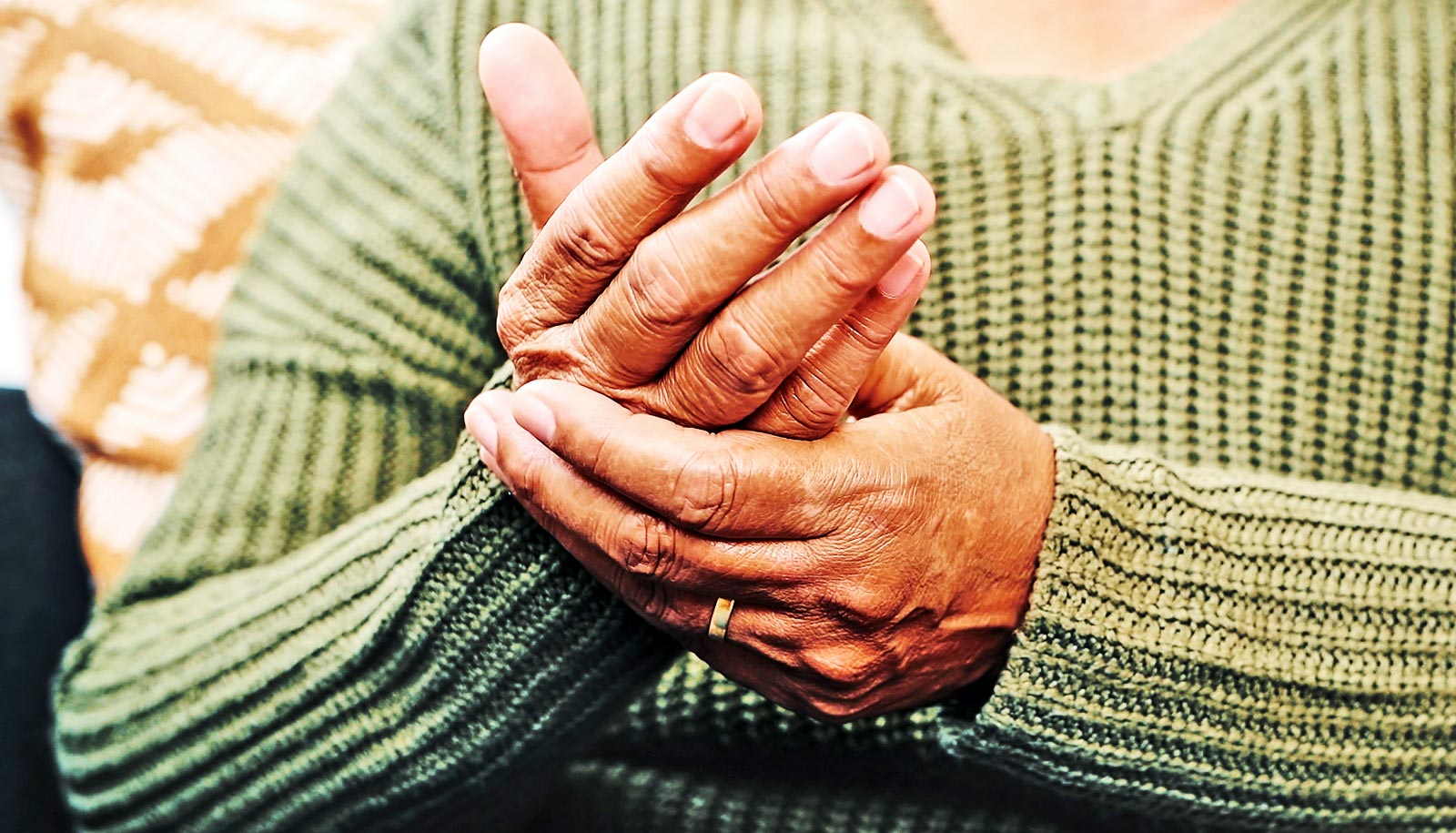Scientists are bringing precision medicine to rheumatoid arthritis for the first time by using genetic profiling of joint tissue to see which drugs will work for which patients, a new study shows.
Treatment for rheumatoid arthritis is now trial and error, but in the near future, it’s possible that patients will no longer have to waste time and be disappointed with months of ineffective therapy, says co-senior author Harris Perlman, chief of rheumatology at Northwestern University Feinberg School of Medicine.
“We have so many different biologic drugs and there’s no rhyme or reason to give one drug versus the other.”
“Now we can start to predict which drugs a patient will respond to,” says co-senior author Harris Perlman, chief of rheumatology at Northwestern University Feinberg School of Medicine. “We can truly do precision medicine for rheumatoid arthritis. I believe this could be game changing.”
The findings appear in Arthritis & Rheumatology.
“We have so many different biologic drugs and there’s no rhyme or reason to give one drug versus the other,” Perlman says. “We waste $2.5 billion a year in ineffective therapy. And patients go through 12 weeks of therapy, don’t respond, and get upset.”
Scientists in the multisite study were the first in the US to use ultrasound-guided therapy to take a tissue biopsy in the affected joint. In the past, researchers used blood samples to try to determine the effectiveness of the therapy and disease progression.
“It’s just like oncology, where you go to the tumor,” Perlman says. “Why go anywhere else? In rheumatoid arthritis, we’ve never gone to the target organ.”
Improved ultrasound guided techniques make the new technique possible, Perlman says, noting joint biopsies began in Europe about six years ago.
Scientists in the six-site study analyzed the tissue in 41 rheumatoid arthritis patients, separating out different immune cell populations. They focused on macrophages, essentially the garbage collectors of the immune system that are overactive in rheumatoid arthritis. These cells produce toxic, inflammatory proteins that destroy the joints. Biologic therapy removes the protein molecules being secreted by the macrophages.
In the past, scientists have tried to determine therapeutic effectiveness by separating patients into groups based on their clinical parameters such as what antibodies they are producing against themselves, how swollen their joints are, and which medications they are taking. Then scientists tried to see if these parameters could predict therapeutic efficacy. But that hasn’t worked, Perlman says.
Seniors with arthritis: here’s your minimum amount of exercise
Instead, Perlman and colleagues segregated patients based on the genes being produced by their macrophages. They identified two patient groups who shared aspects of the genetic profiles.
Next, the scientists identified which of these patient populations had joints that were getting better and what biologic therapies they were taking. They also identified a gene sequence associated in patients with early disease. The earlier the patient is treated, the more effective the therapy.
The next goal is to predict which patients will have the best response—based on their genetic signature—to a specific drug.
In a new study, researchers are taking joint biopsy tissue from patients at the start of a new therapy and then six weeks later to see if they can find a predictor gene sequence that will clearly identify which patients respond to a particular therapy.
“The idea is to develop gene sequences to predict whether a patient will respond or not,” Perlman says. “Our goal is that this procedure will become the standard of care of for all patients with rheumatoid arthritis.”
Rheumatoid arthritis drug eases mysterious itch
Patients in the study were from Northwestern; the University of Alabama at Birmingham; Washington University; Columbia University; the Mayo Clinic; and University of Michigan.
The National Institute of Arthritis and Musculoskeletal Disease; the National Heart, Lung and Blood Institute; the National Institute of Aging; and the National Cancer Institute; all of the National Institutes of Health and the Rheumatology Research Foundation funded the work.
Source: Northwestern University



